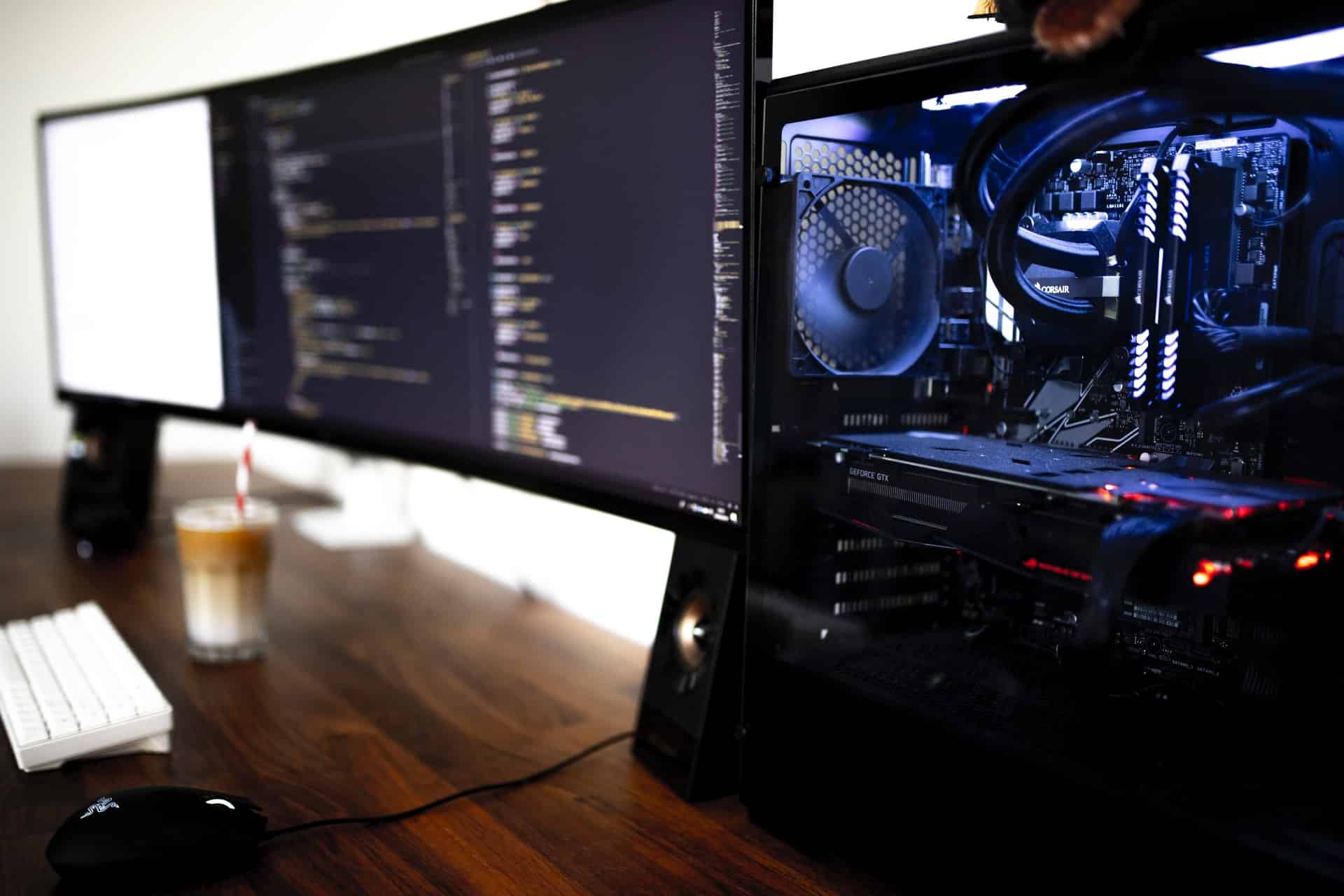The coronavirus pandemic has brought in a new way of working. With lockdowns coming into force worldwide in 2020, many companies had to ask their employees to carry out their work from home. For some the transition has been seamless, welcoming in the ideal work-life balance. Yet others rely on their setup at work to keep up an acceptable level of productivity. They may rely on their work laptop, PC or workstation in order to deliver on their tasks.
What has been noted by companies is the decrease in costs associated with having staff work from home. As they look to the future, they may be looking for staff to continue home working in a post-COVID world.
If you’re in this boat, you’ll need to make sure to have a proper setup with a decent computer. So here are some things to consider when choosing the best working from home computer.
IMAGE: UNSPLASH
Operating system
There are a number of operating systems (OS) out there including Linux and Chrome OS. However, Microsoft Windows and Apple’s macOS are the two names most synonymous with OS.
Windows
Of the two, Windows is the OS that more people will be familiar with. After all, it completely dominates with a 73.21% share of the desktop operating system market according to Statcounter. It is the standard that’ll come with most home PCs and the vast majority of offices use it. Windows comes with a solid range of software and its ‘Office’ program is great – although it’s worth noting that this comes with an additional cost and is also sold for macOS too.
One flaw of Windows is its susceptibility to malware, compromising the user’s security. As is the case with any software, it’s crucial to keep your OS up to date as Microsoft is always rolling out fixes.
macOS
macOS is generally favored by those in more creative industries – like graphic design or CAD. This is because of how well software like Adobe Photoshop functions on macOS in comparison to Windows. Apple has created its own ecosystem with its macOS and its mobile equivalent, iOS. This allows for files to be transferred more easily, and tasks can be started on one device and continued on another.
Although not entirely bulletproof, macOS is not targeted by malware as much and has less security vulnerabilities. However, in order to get the OS you have to have the right hardware. macOS is usually only available for Mac computers, which are generally more expensive than your standard home PC.
Processing Power
Most modern-day central processing units (CPUs) are good enough to carry out most work tasks from home. The processing power of a computer is mainly called into question for those looking to carry out more graphically demanding tasks. An individual in video editing, for example, will need a more robust CPU or even look to introduce a graphics card. This will ensure that the computer will be able to carry out the more powerful tasks you need in order to finish a project.
Memory And Storage
RAM
Measured in gigabytes (GB), random access memory, or RAM, serves to temporarily store information that your computer needs to access. It ensures that your computer can perform everyday tasks like sending emails or loading Word documents. If you’re looking to carry out relatively straightforward tasks, you’ll only need a minimum of 8GB worth of RAM. You may need a system with more if your job involves more demanding tasks.
Storage
When it comes to storage, you have two options: hard disk drives (HDDs) or solid-state drives (SSDs). The more traditional of the two are HDDs. Typically these hold more storage, with some having capacity up to 10 terabytes. But if you don’t use as much storage, you may opt for a computer with an SSD with a minimum of 256GB. The main benefit of an SSD is that it can perform more tasks simultaneously and at a faster rate in comparison to a HDD.
Peripherals
When it comes to peripherals, the two things that come to mind are a keyboard and mouse – the devices you couldn’t carry out any tasks without. A keyboard and mouse will typically come with your computer. However, it is worth mentioning that there are others available on the market. You’ll want a keyboard that is responsive, accurate and comfortable to use, with the perfect accompanying mouse. For online meetings you will need a microphone and webcam, too.
Those working in the graphic content industry will be equipped with a graphics tablet to hand-draw images and animations in a similar way to drawing on paper with a pencil.
Security
Regardless of what line of work you are in, having good security is a must for a working from home computer. While the OS comes with its own antivirus software such as Windows Defender, it’s important to keep it up to date. For very important documents and accounts, it’s advised to include a multi-factor authentication to prevent it from falling into the wrong hands.
Summary
These are just the minimum requirements which you should consider when choosing the best working from home computer or at least consider comparing and switching your broadband. It’s important to carefully consider your options before reaching a final decision – after all, you don’t want your productivity to suffer as a result of not being in the office.
Author Bio: Oliver Griffiths has a passion for film, video games, and technology. He can be found at Tillison Consulting running a number of clients’ digital marketing campaigns across all sectors and platforms.
If you are interested in even more technology-related articles and information from us here at Bit Rebels, then we have a lot to choose from.


COMMENTS